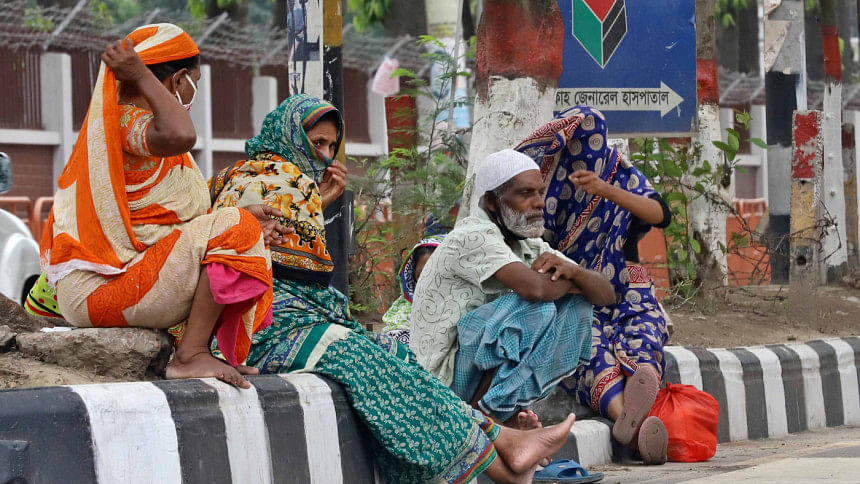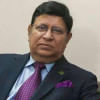Bangladesh’s poverty rate in 2016 may have been higher than official data

Bangladesh's poverty rate in 2016 may have been 1.7 to 2.3 percentage points higher than the rate estimated by the Bangladesh Bureau of Statistics while the extreme poverty rate may have been 3.5 to 3.7 percentage points lower, according to a survey by the World Bank.
The findings of the survey, conducted by the Poverty and Equity Global Practice, a concern of the World Bank, were presented at a seminar at the Bangladesh Institute of Development Studies yesterday.
According to the Household Income and Expenditure Survey (HIES) of the Bangladesh Bureau of Statistics published in 2016, the poverty rate was 24.3 percent and extreme poverty rate was 12.9 percent.
However, while presenting a paper titled "Reconstructing 2010-2022 Poverty and Inequality Trends in Bangladesh", Sergio Olivieri, senior economist at Poverty and Equity Global Practice, said the rates they found differed from the HIES's rates during the two years that they had analysed, namely 2016 and 2010.
In 2010, Bangladesh's poverty rate may have been 5.5 to 5.8 percentage points higher than the HIES calculations while the extreme poverty rate may have been 5.1 to 5.4 percentage points lower, Olivieri said.
In 2010, the poverty rate was 31.5 percent and extreme poverty rate was 7.7 percent, according to official data.
Olivieri added that they conducted the survey by employing a "two-step survey-to-survey imputation methodology", which is based on statistical matching to fill the information gap in previous survey rounds in Bangladesh.
This methodology uses the more comprehensive information from the 2022 HIES to reconstruct comparable consumption measures over time.
The study not only enhances the understanding of poverty and inequality trends in Bangladesh but also ensures these insights are consistent with the established poverty profiles, it said.
Addressing the event, BIDS Director General Binayak Sen said the presentation tried to bring a new dimension to the conventional estimation procedures.
But it can be seen that despite the differences in the poverty rates, the trends remain similar, he said.
It is very important to note that whatever method -- swift method, poverty mapping, incubation method or any other method -- is followed, the poverty trend in Bangladesh is invariably similar, he added.

 For all latest news, follow The Daily Star's Google News channel.
For all latest news, follow The Daily Star's Google News channel. 






Comments